Hanami:
a celebration of wabi-sabi

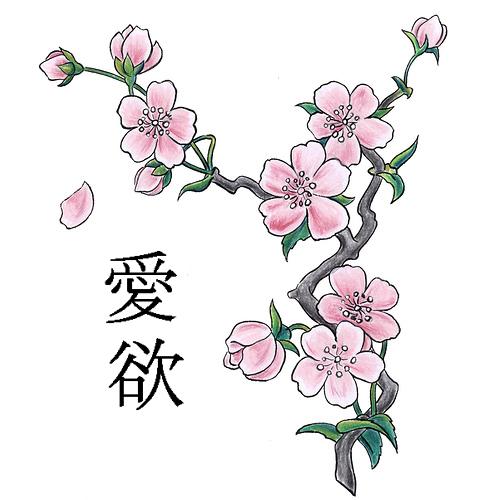
|
Traditional Hanami
- Literally means "flower viewing"
- Is a centuries old Japanese custom that appears to have originated in the 8th century.
- Originally, it was a delicately orchestrated tea ceremony reserved for the elite of the Imperial Court.
- The ceremonies took place beneath the blossoming boughs of the Japanese flowering cherry trees, known as Sakura.
- They believed kami lived inside the trees and flowers.
- The cherry blossoms were seen as metaphors for the fleetingness of life.
- It was a time to observe and to appreciate transcience; a time to renew the spirit.
|

|


|
- Now, hanami is a nationally recognized festival that marks the beginning of spring in Japan, and practically everyone there goes outside to take part in the happenings, even cats!
- The uniqueness of the hanami celebration that sets it apart from other springtime fests lies in that, for the Japanese, it is still a time to acknowledge and to admire the ephemeral beauty of life through the Sakura blossoms.
|

|

|
Wabi-sabi in Hanami
- Wabi-sabi is the quintessential Japanese artistic asthetic; but, it is less about art and more about the instantaneous feeling one gets upon observation of something, in this case, the cherry blossoms.
- It is a relationship between observer and the observed.
- Sakura are imperfect, impermanent, and incomplete.
- It suggests a natural process: the life cycle of the Sakura is an absolute natural process.
- The cherry blossom is a symbol of life and how quickly it fades away.
- Hanami is a time to stop preoccupation with success and to enjoy the unencumbered life.
- It is an awareness and an appreciation of the inevitable; death.
|
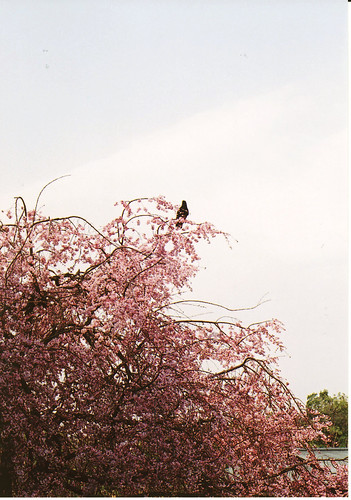 |
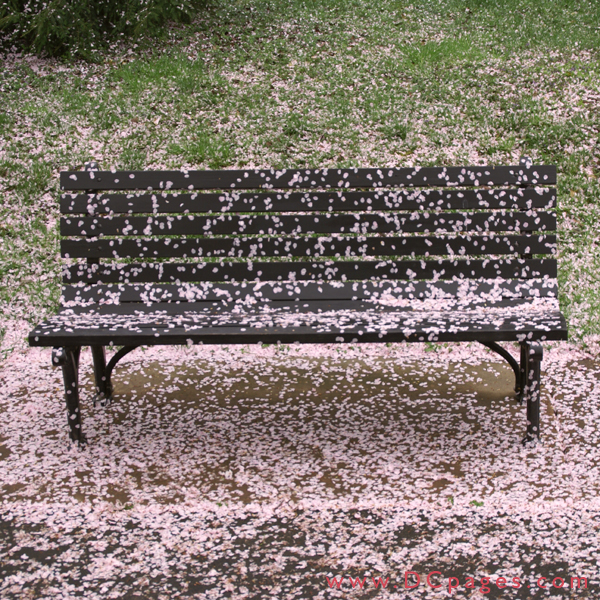
|
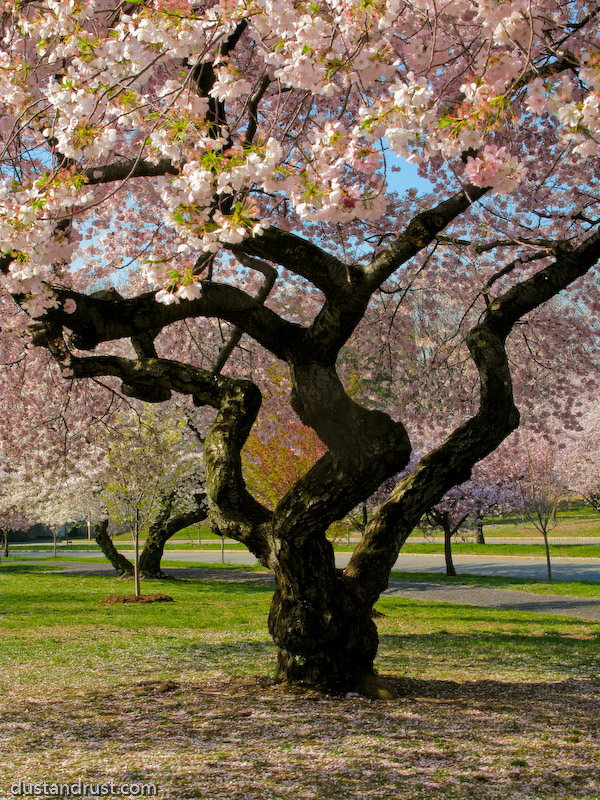
|
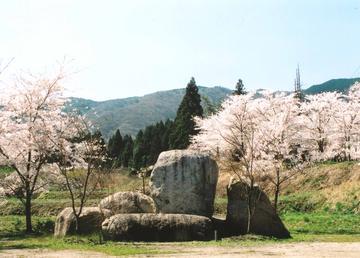
|
- The cherry blossoms are devloving toward nothingness.
- The admiration of death is somewhat on the darker side of things.
- The sight of Sakura alone are spectacular and evoke an odd feeling of beauty.
|

|


|
Fun Facts
- The cherry blossom is the unofficial national flower of Japan.
- Sakura are fruitless trees.
- The anticipation of Hanami is so intense that even the Japan Weather Association forecasts the blooming season.
- Special edition candies are produced much like the ones produced for U.S. holidays.
- People show up days in advance to procure the most desirable location beneath cherry blossoms.
|

|






























